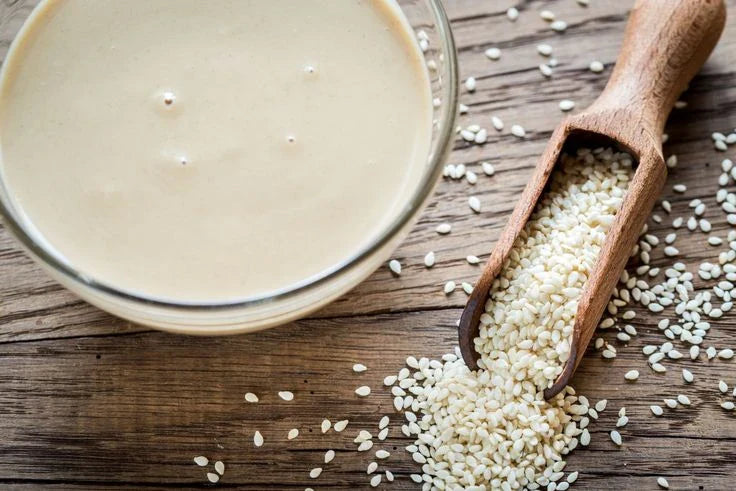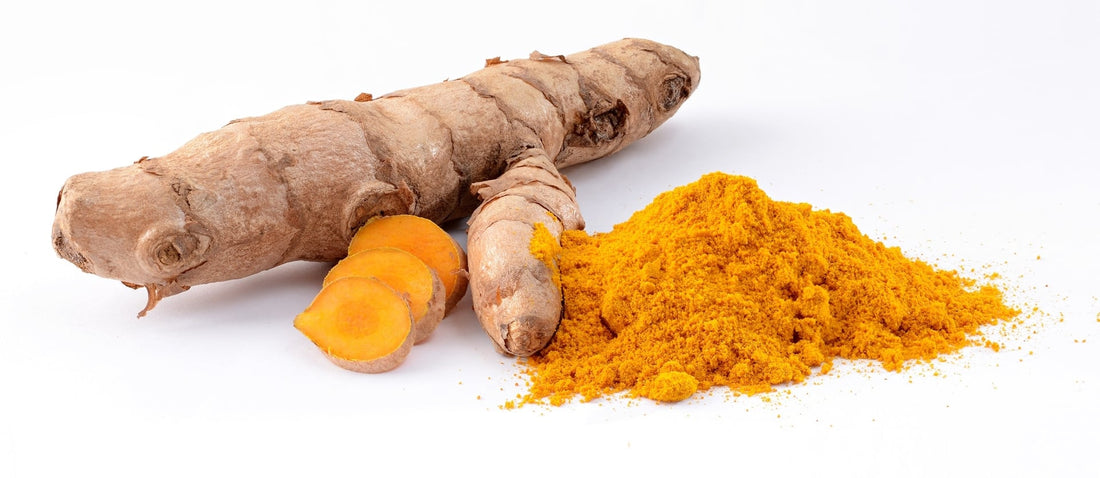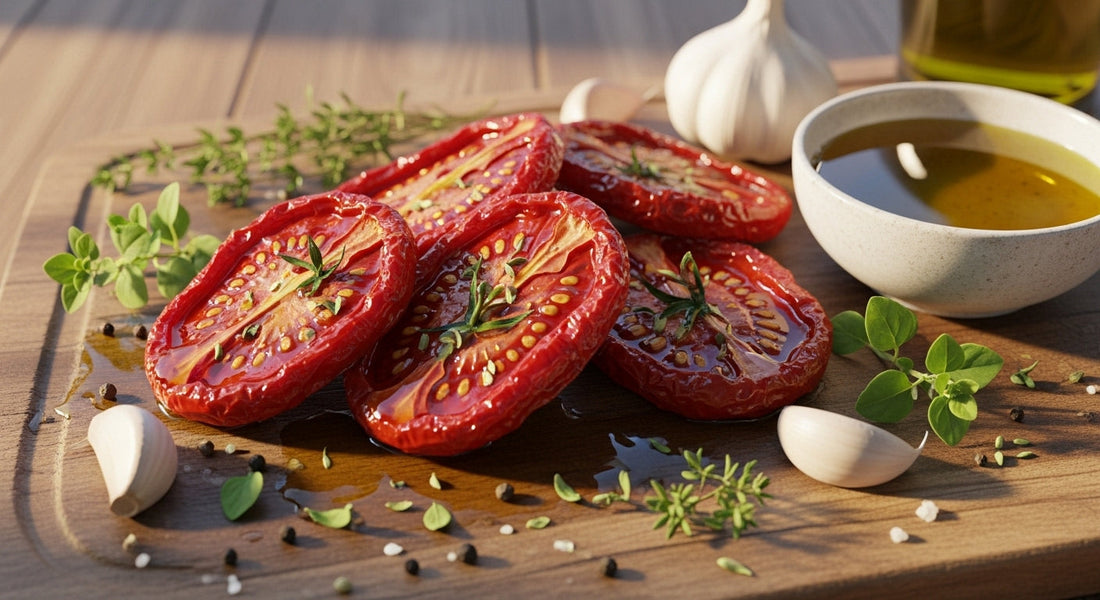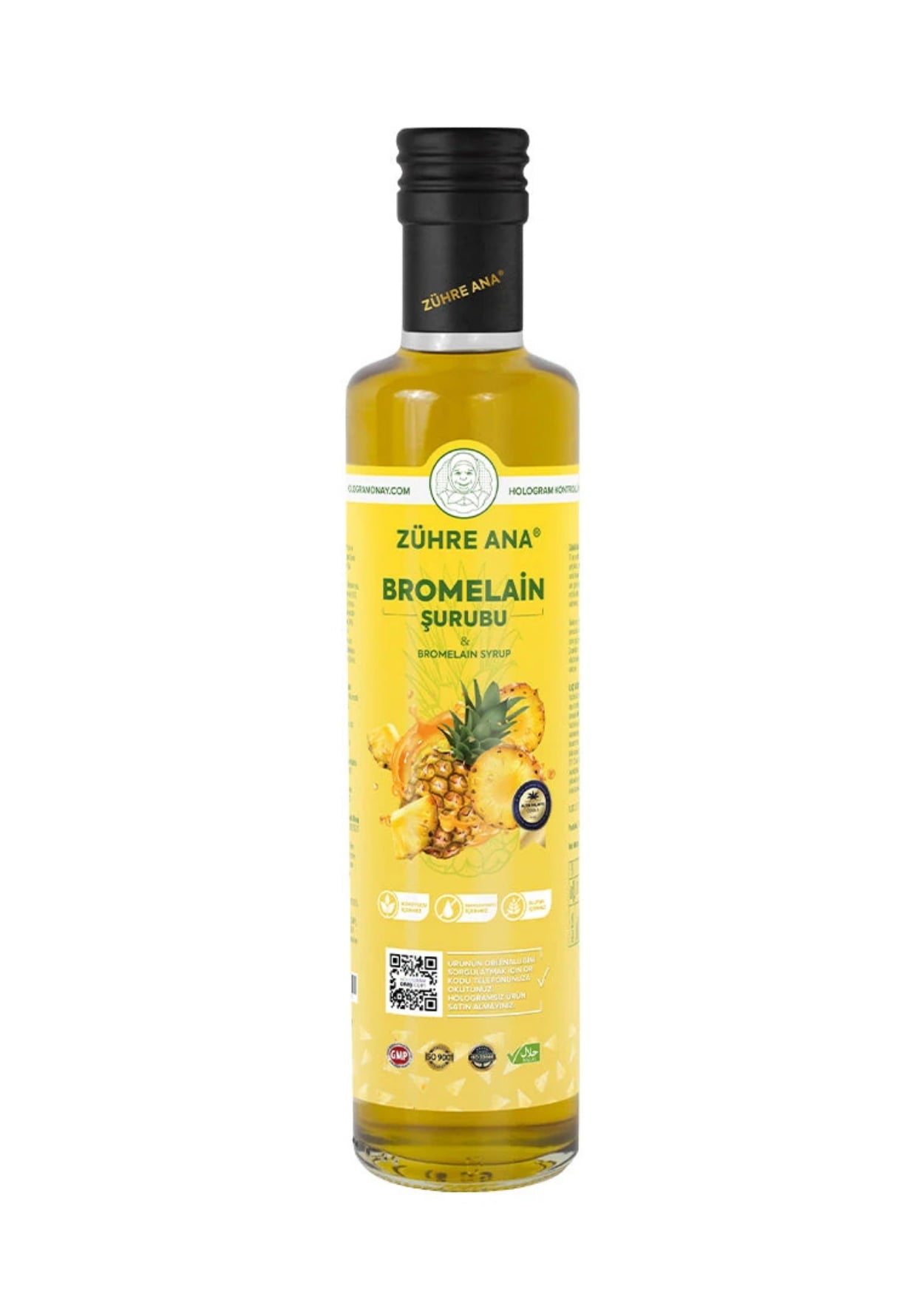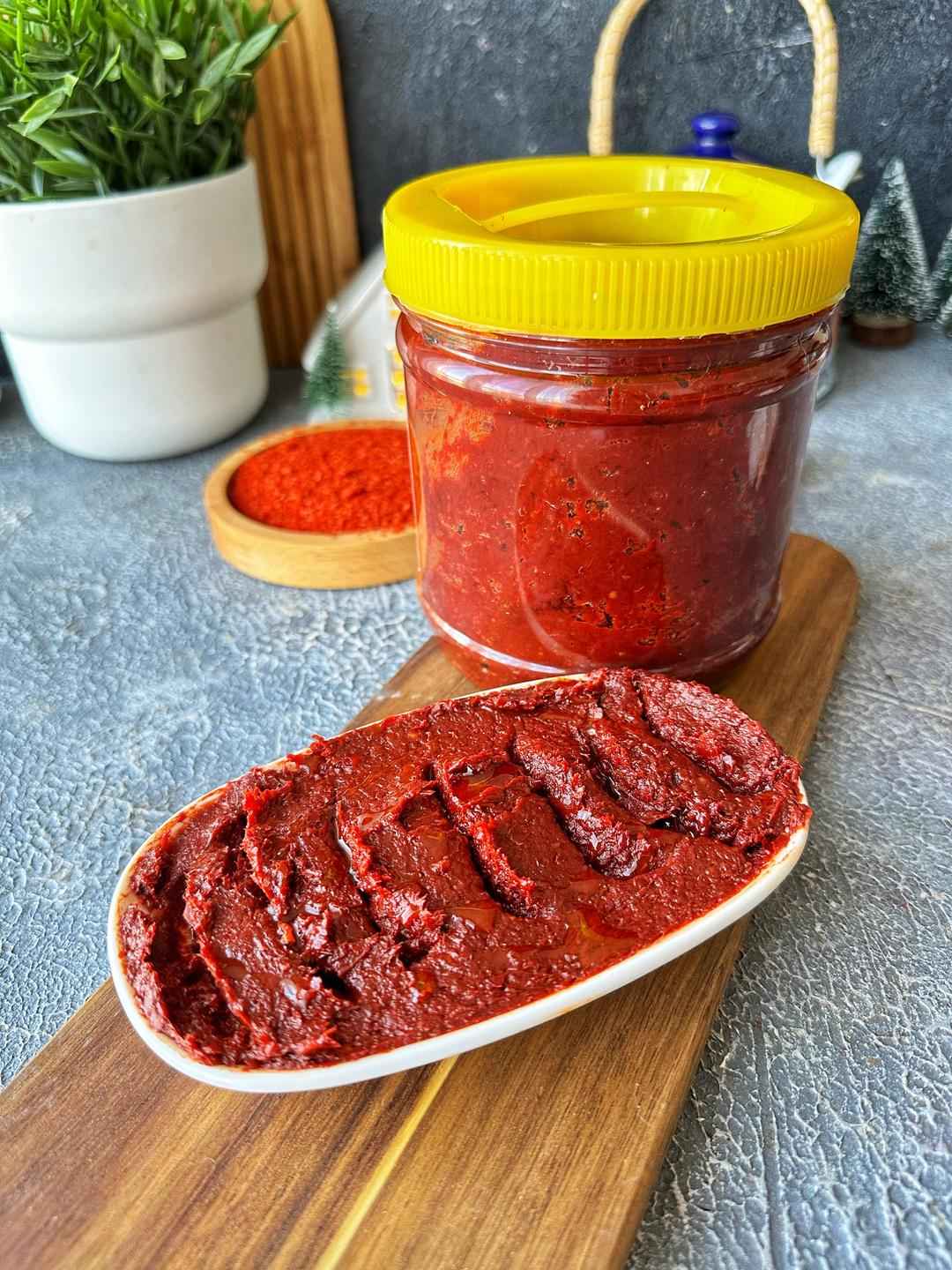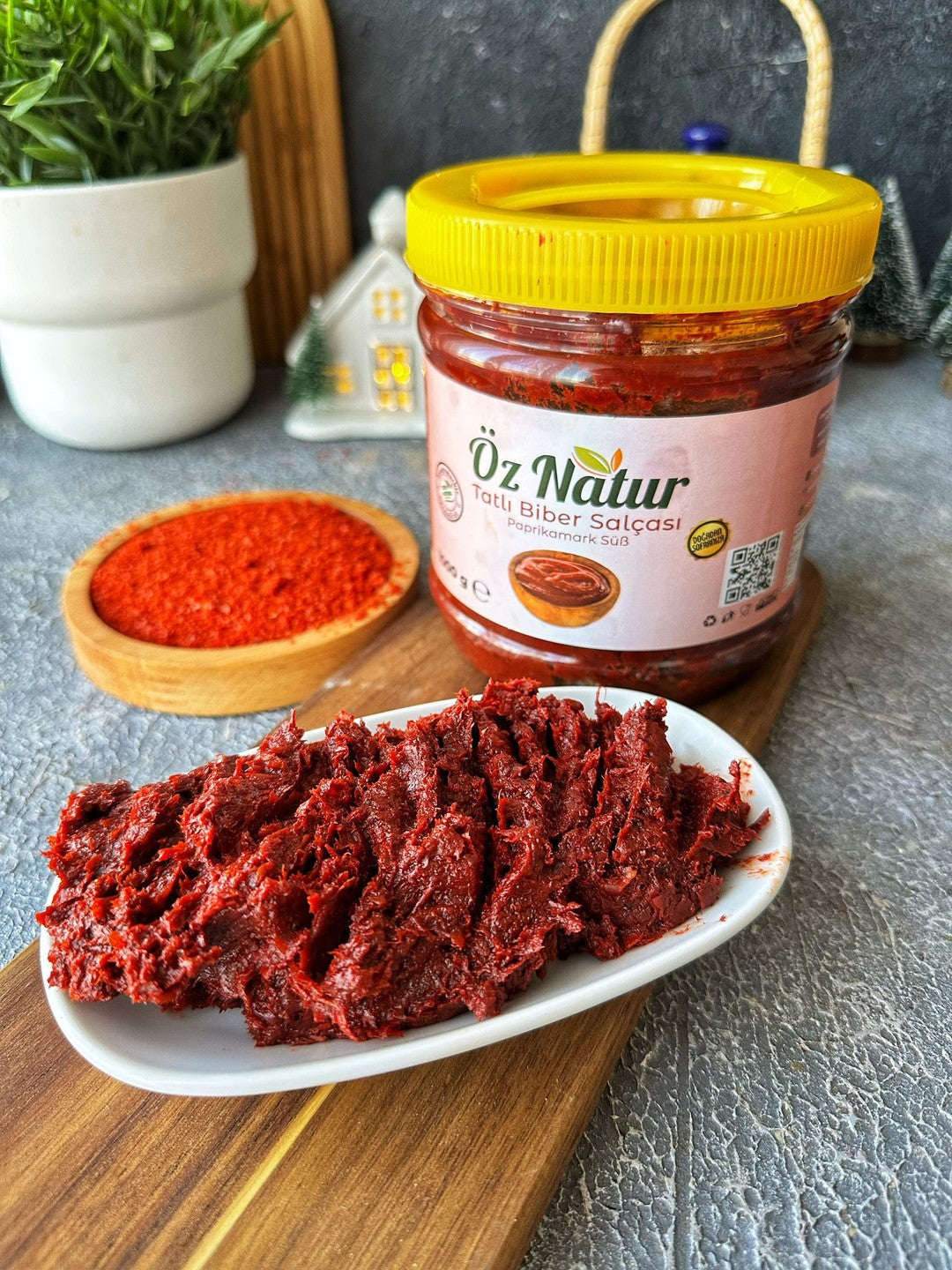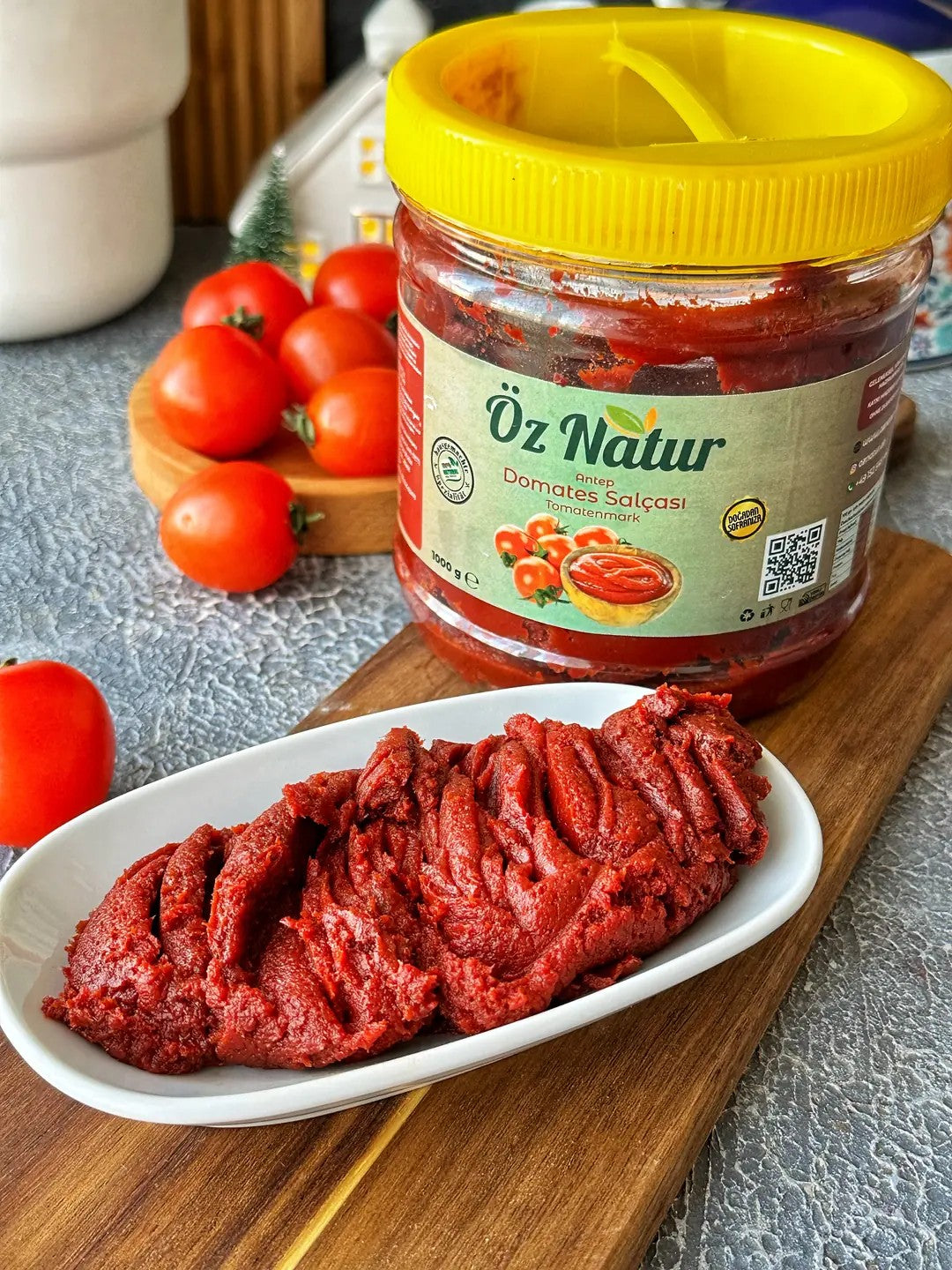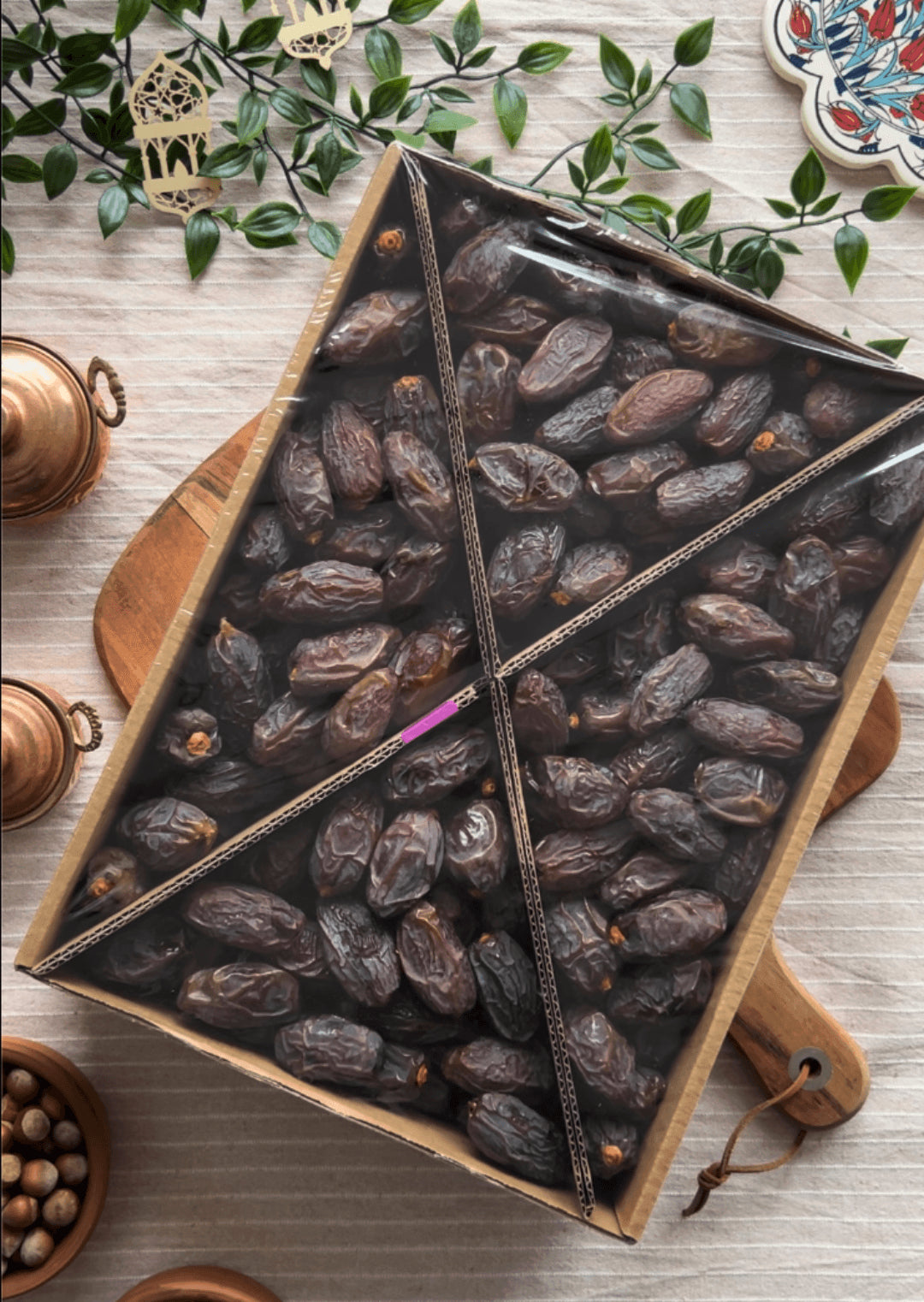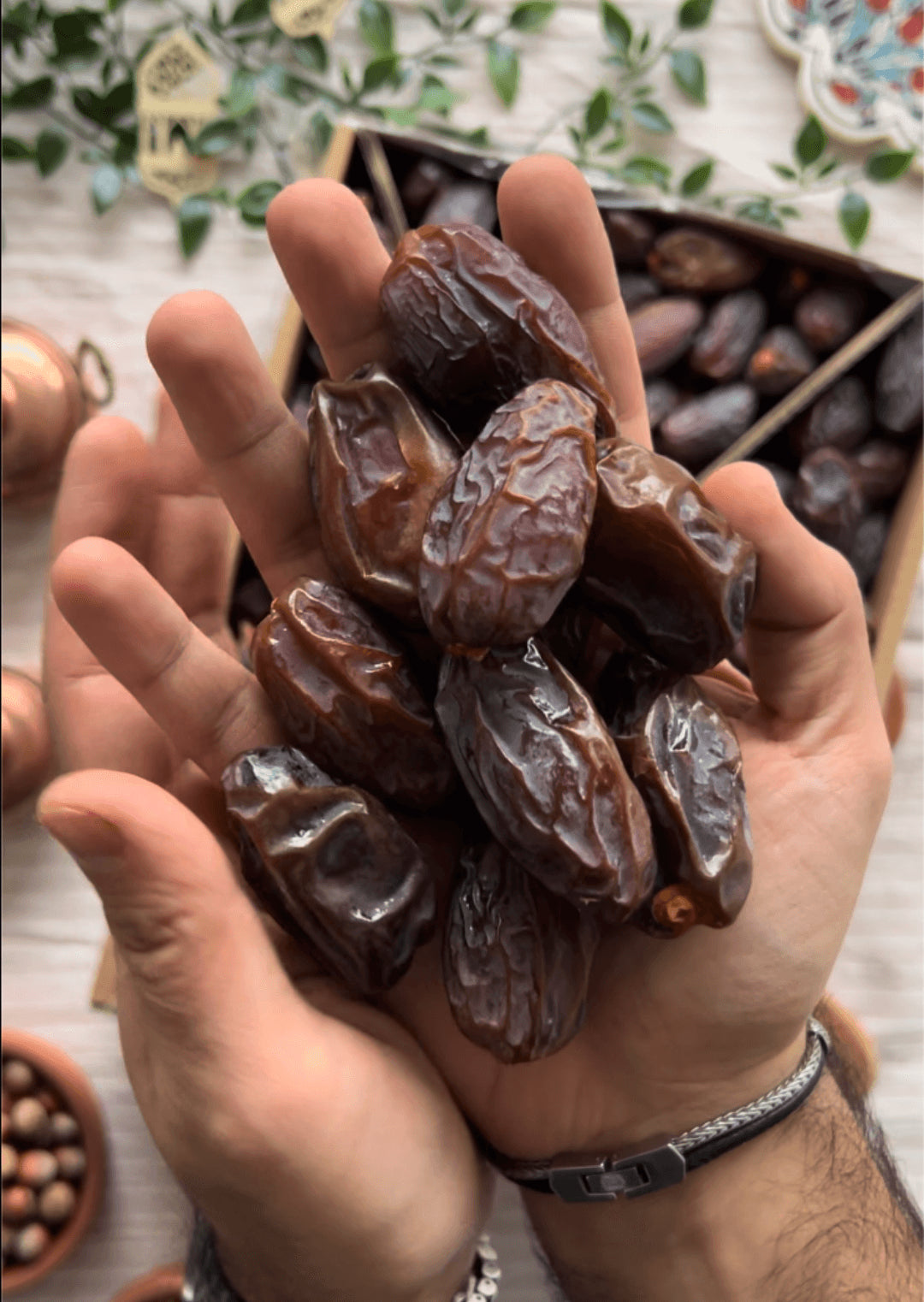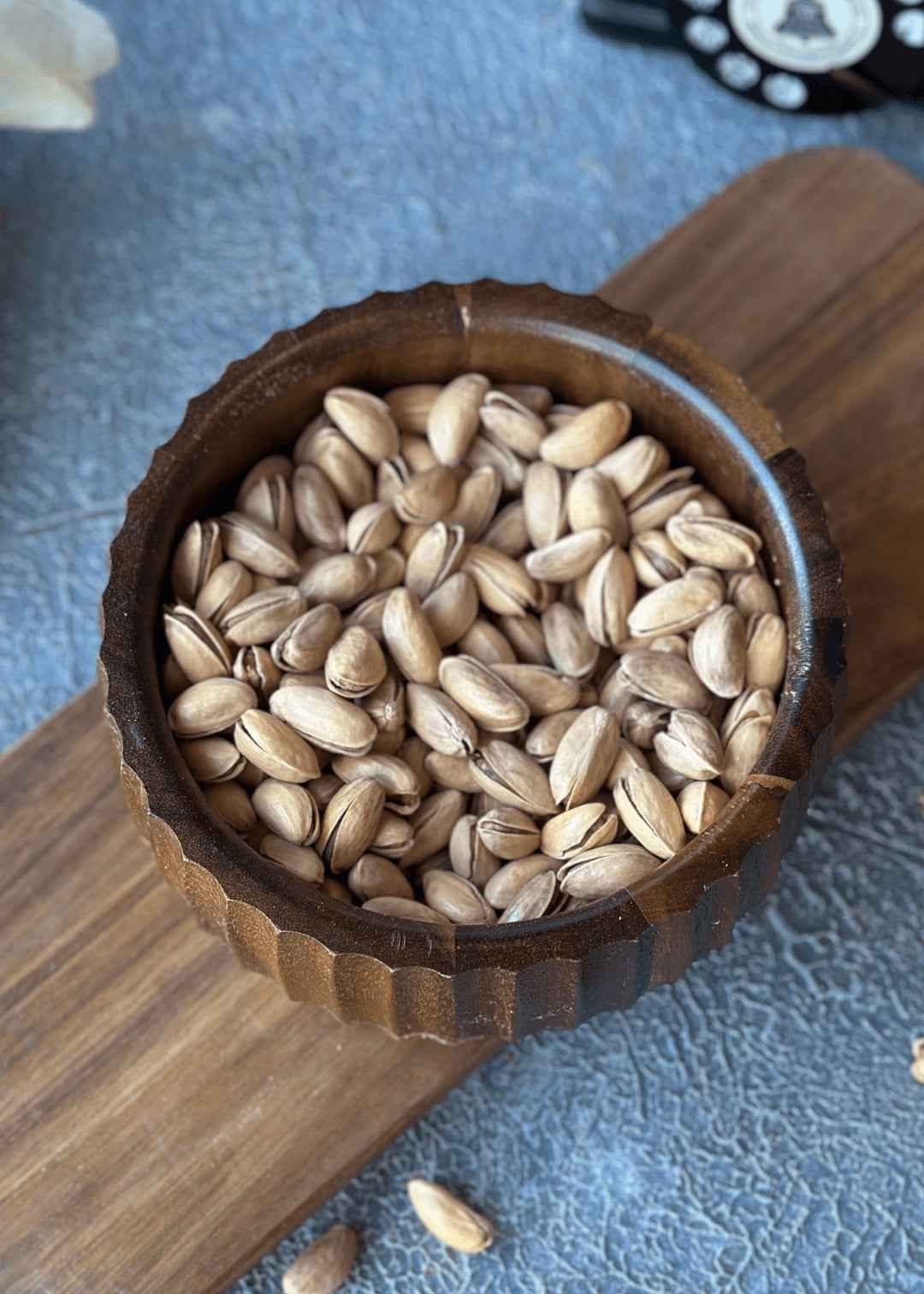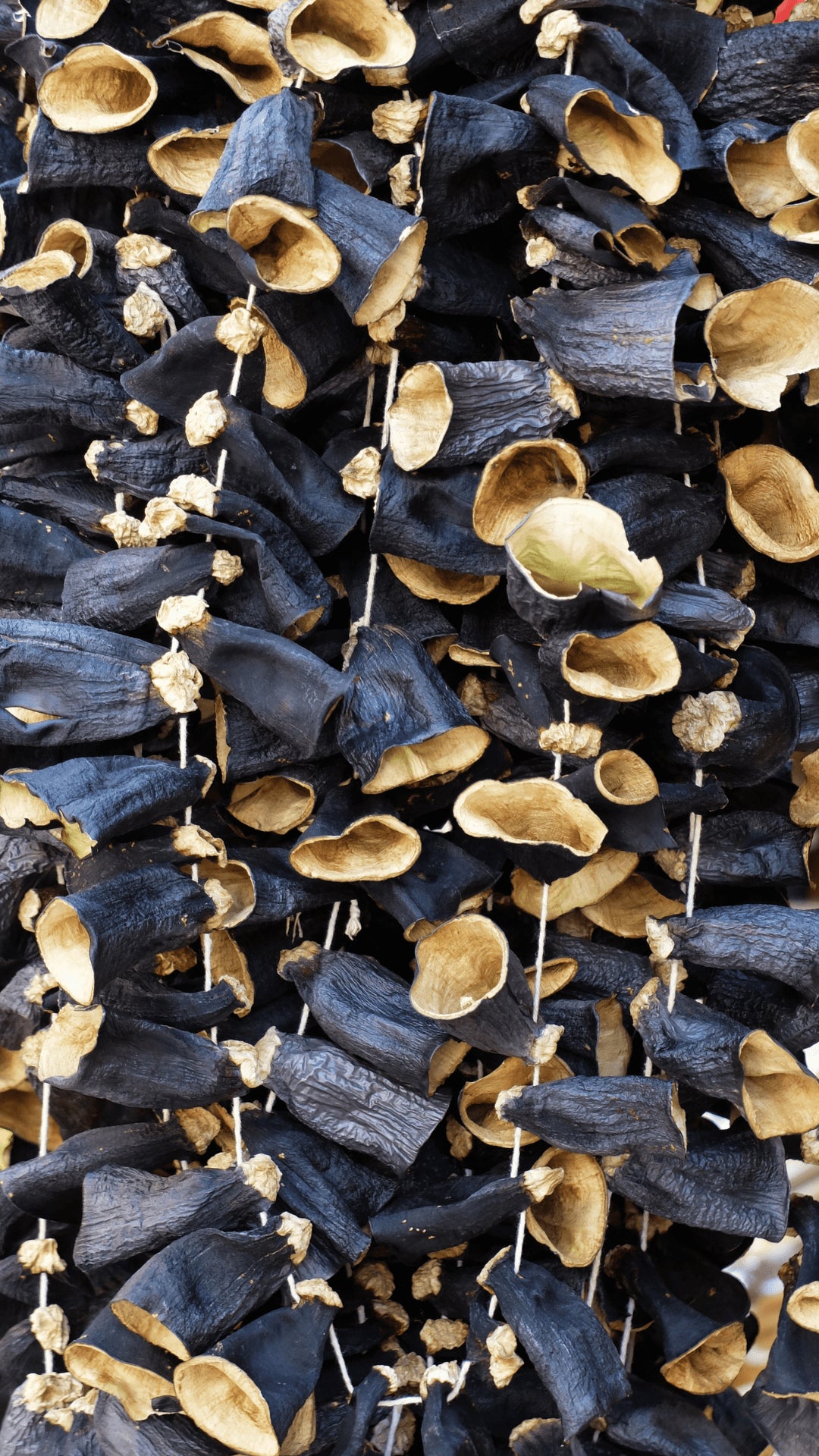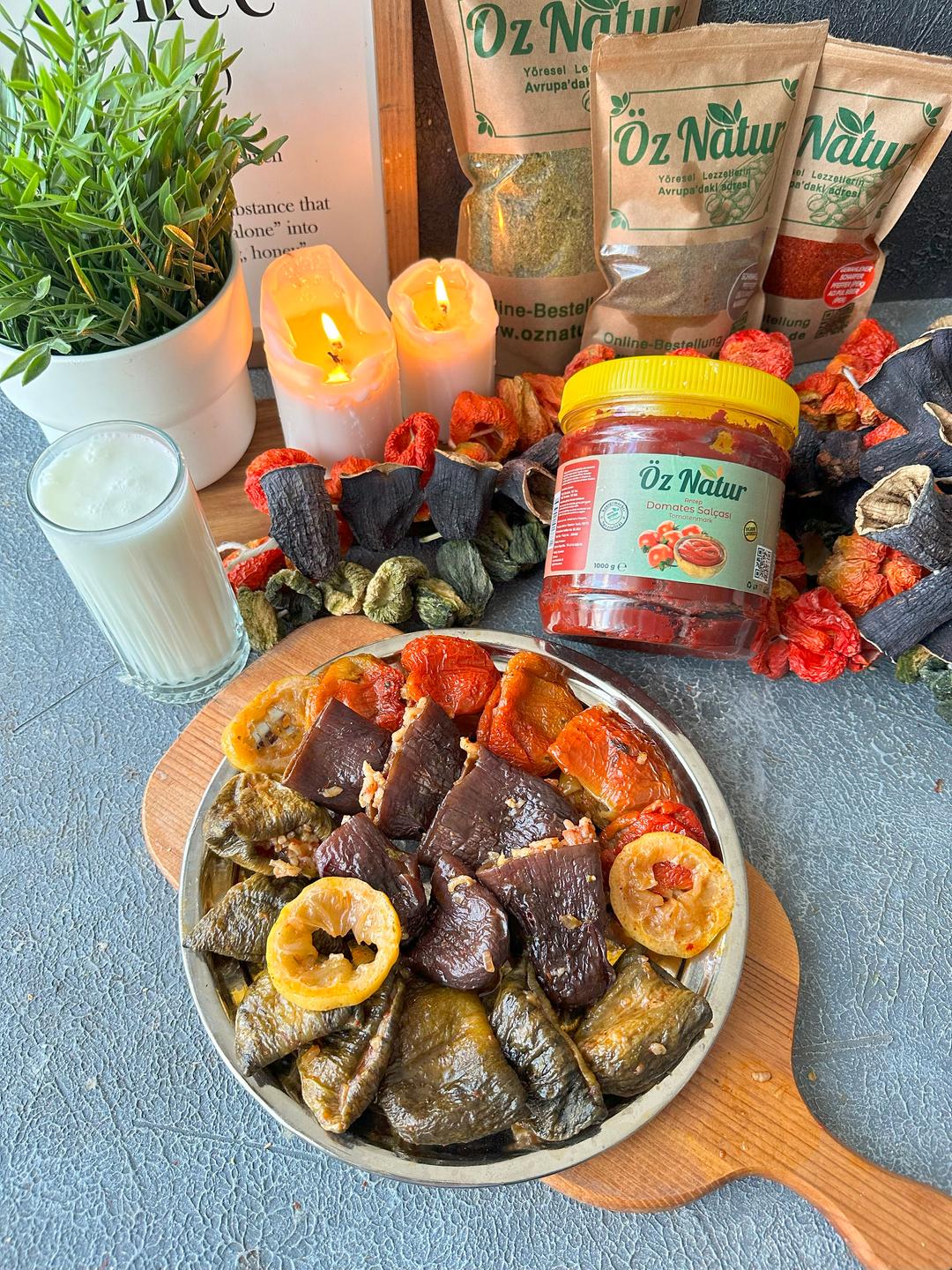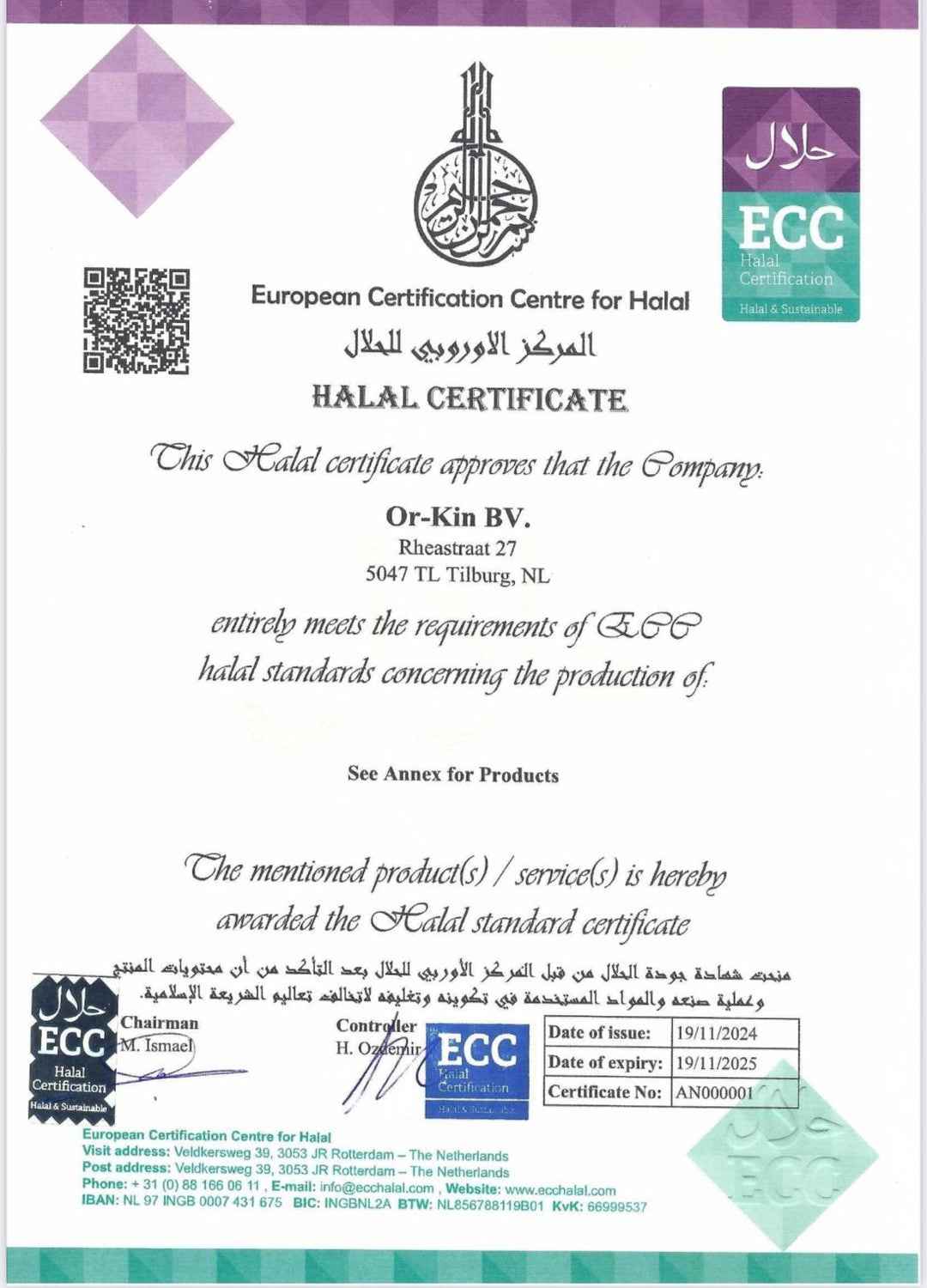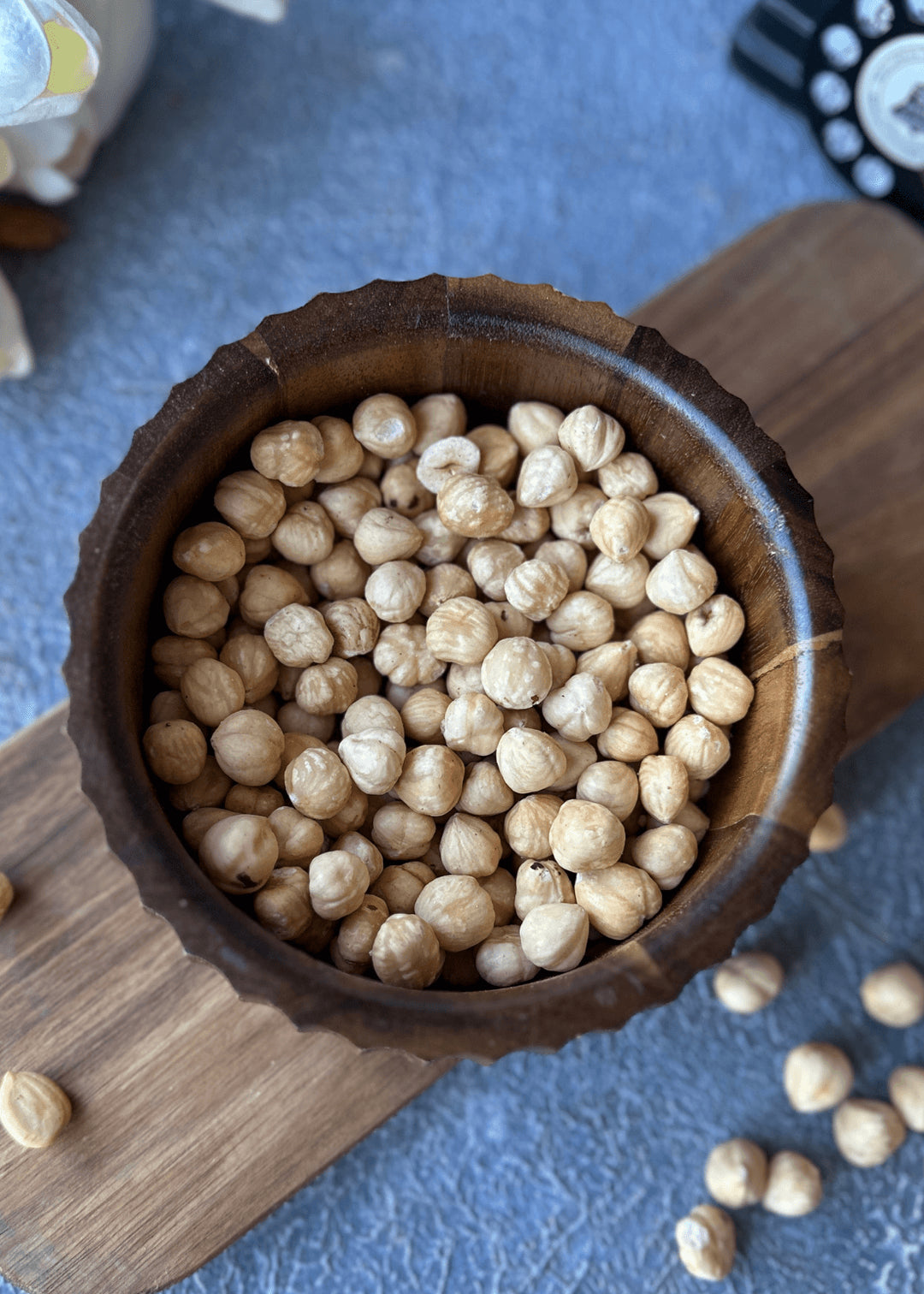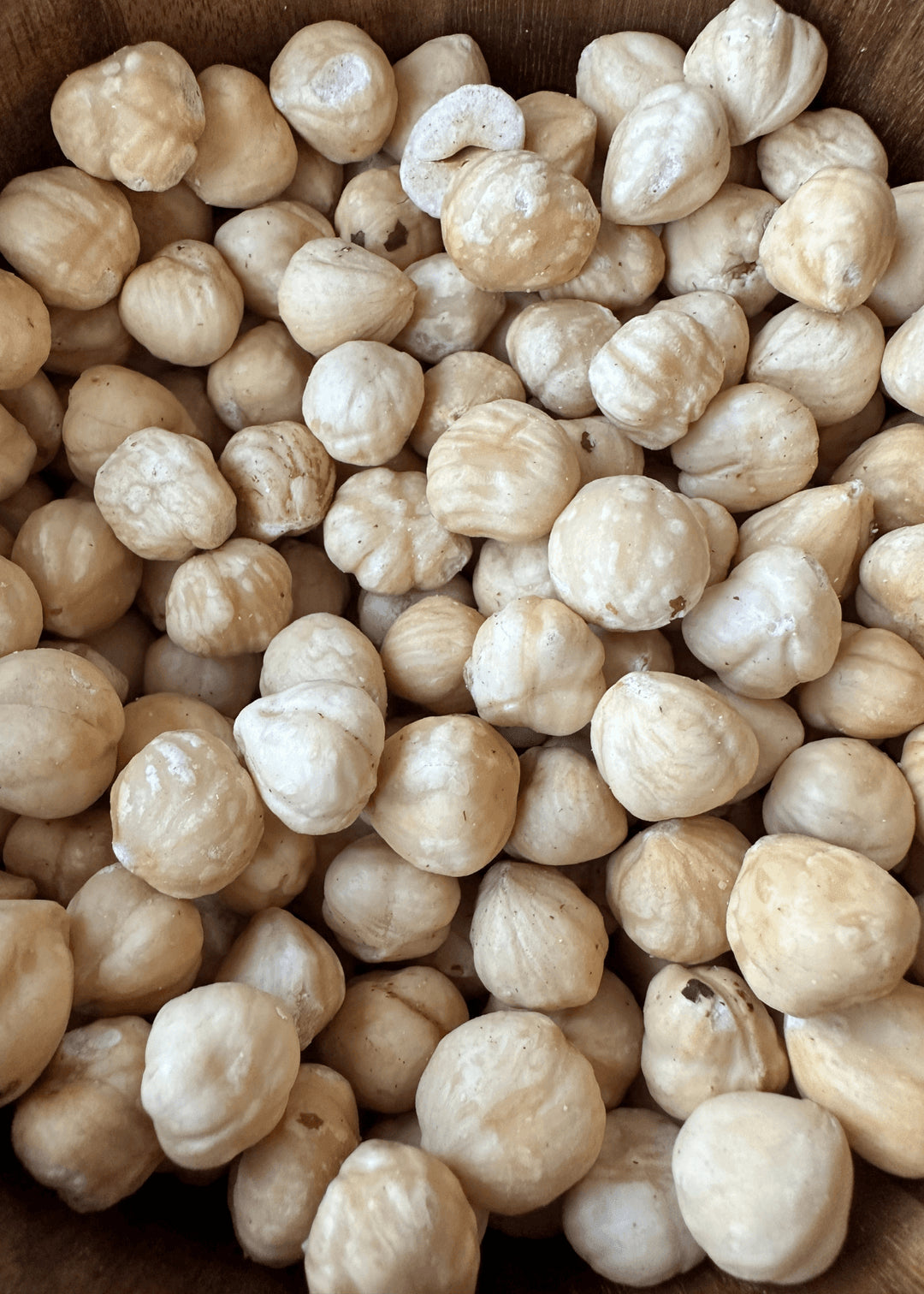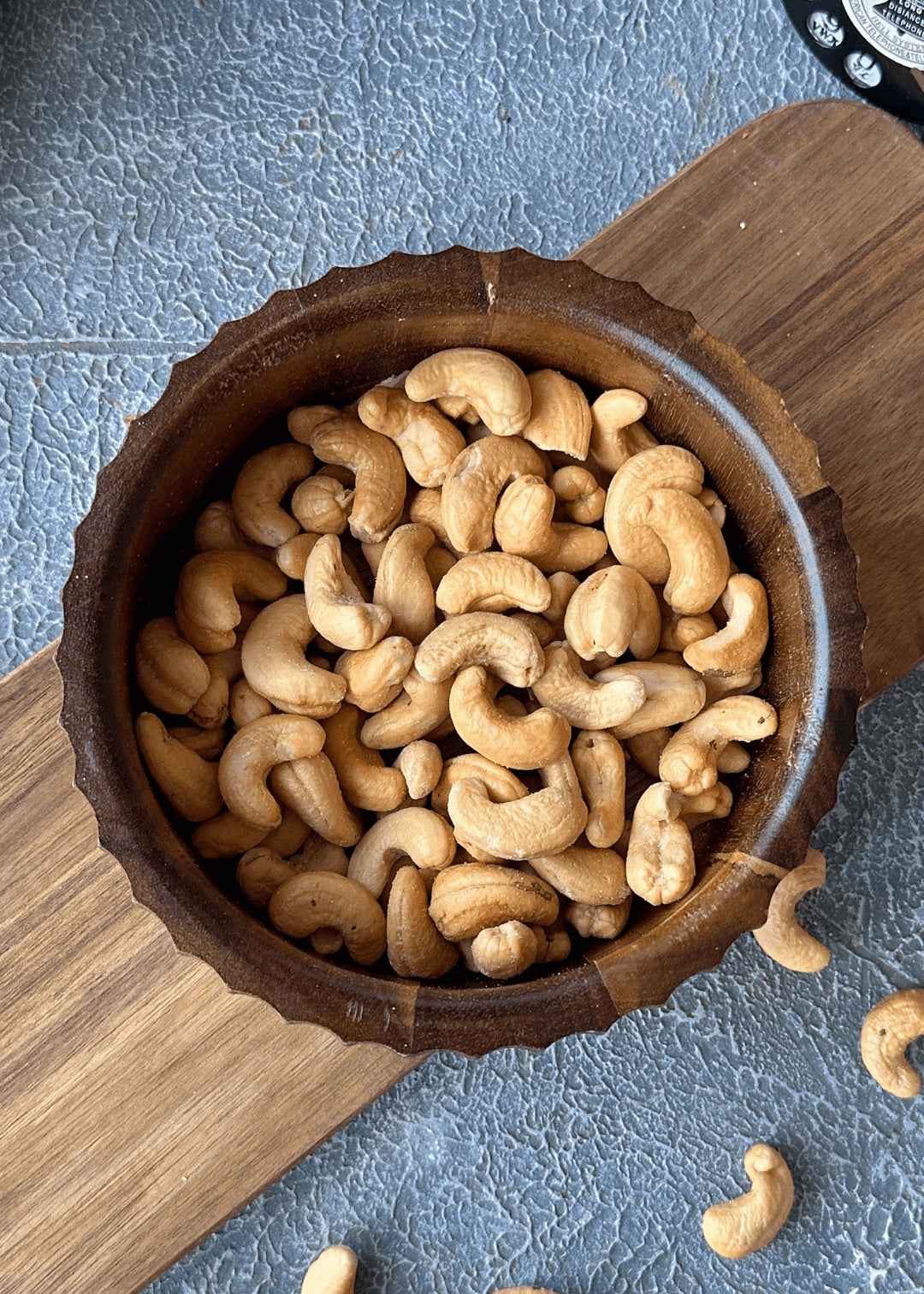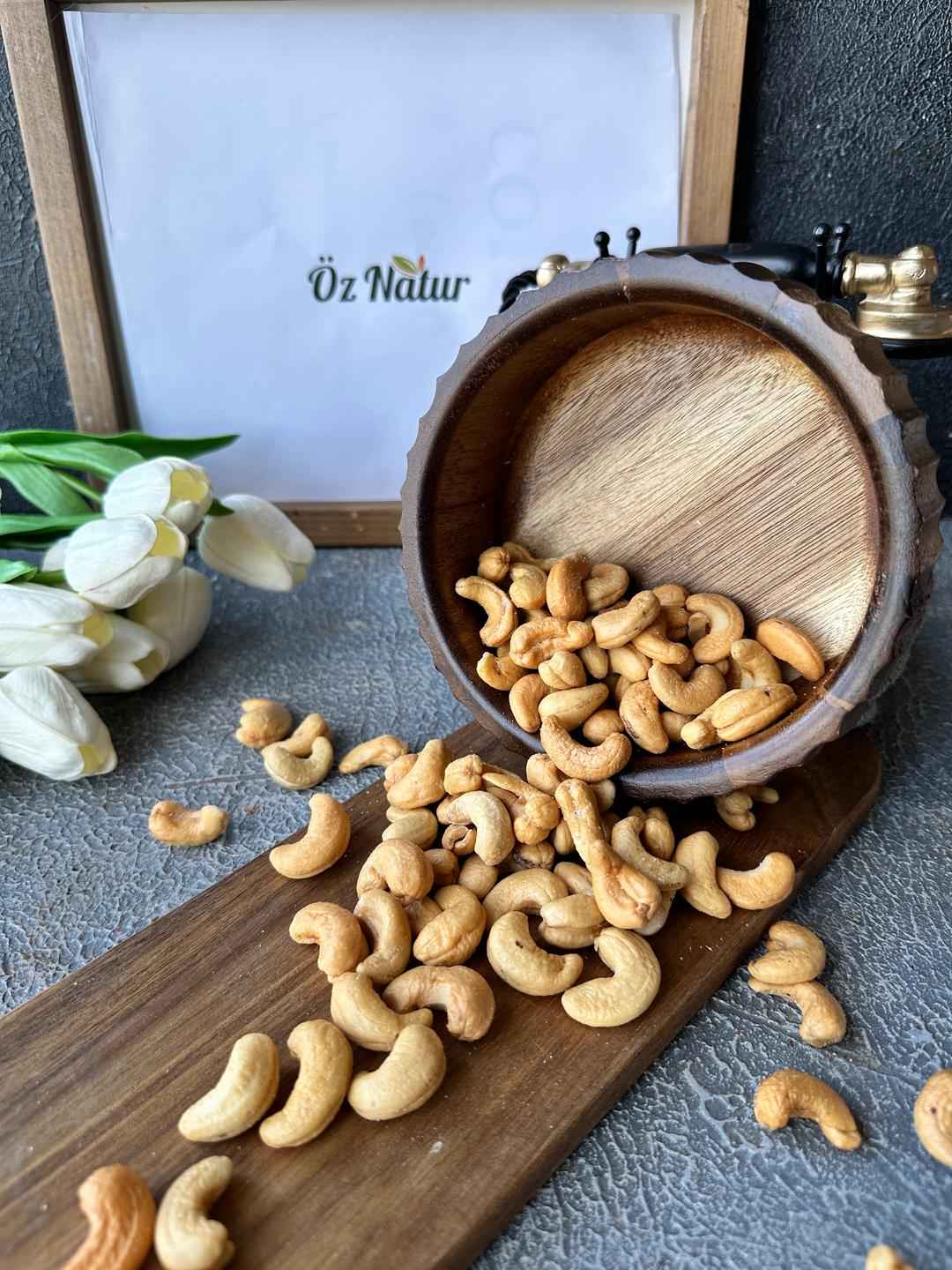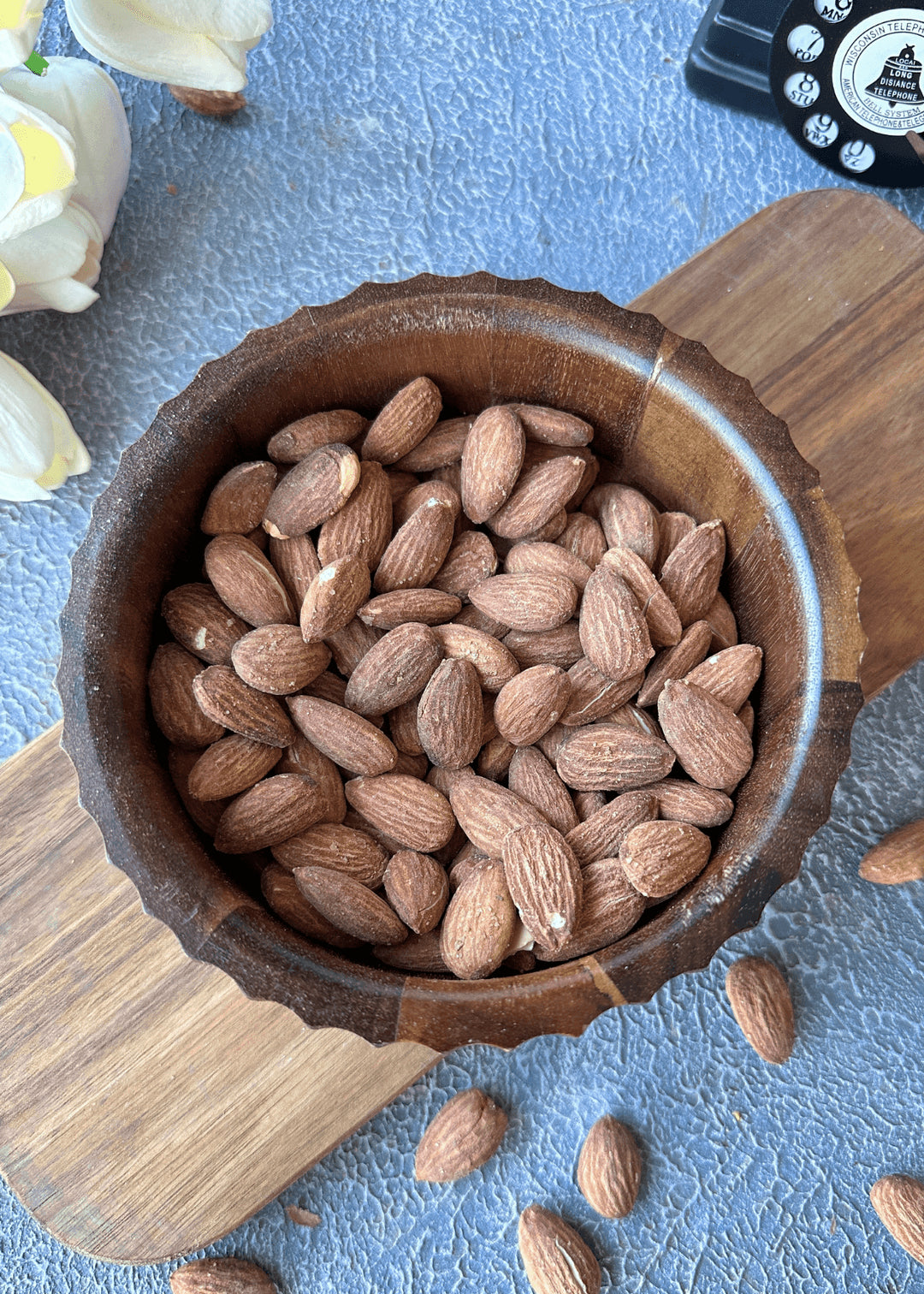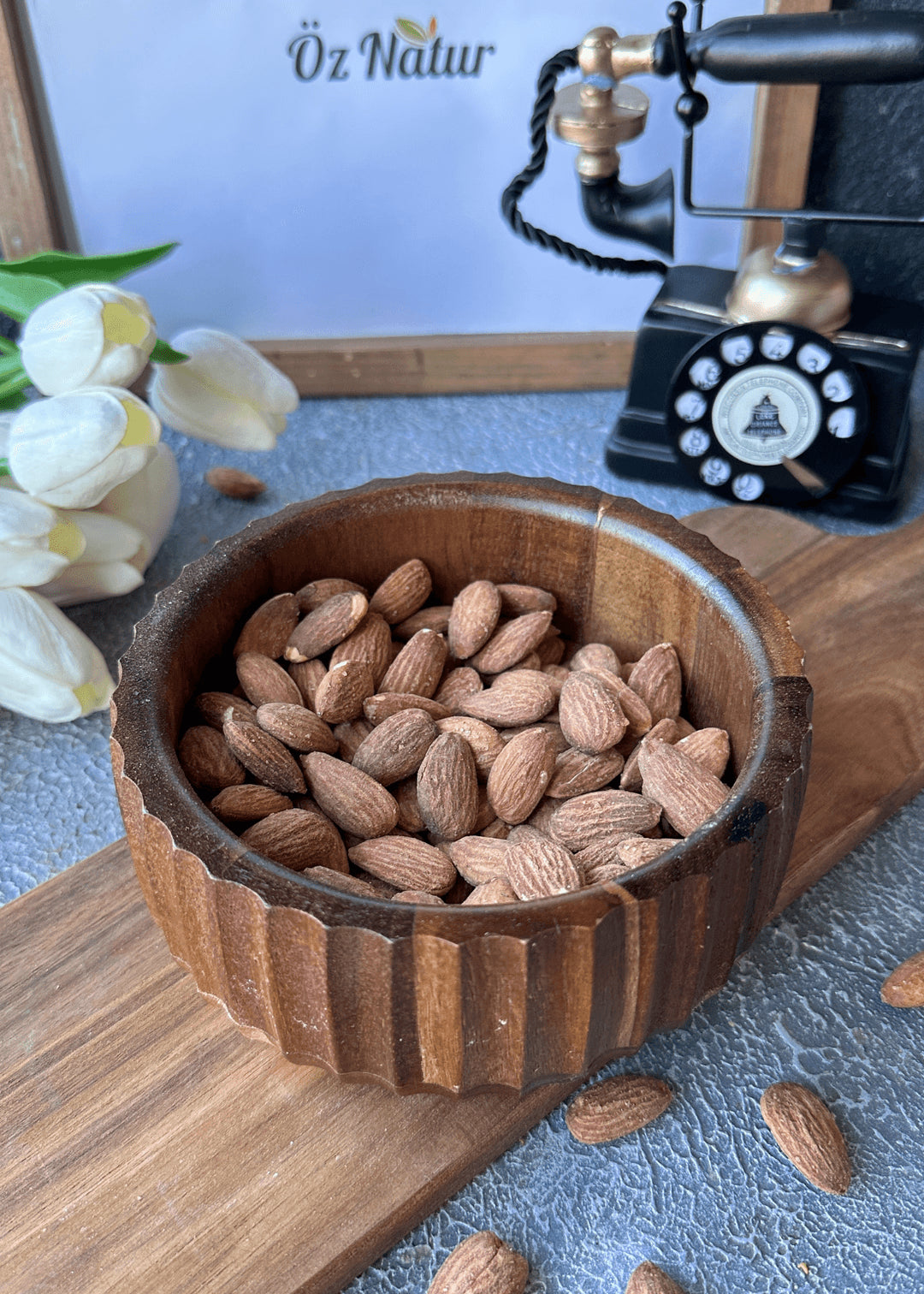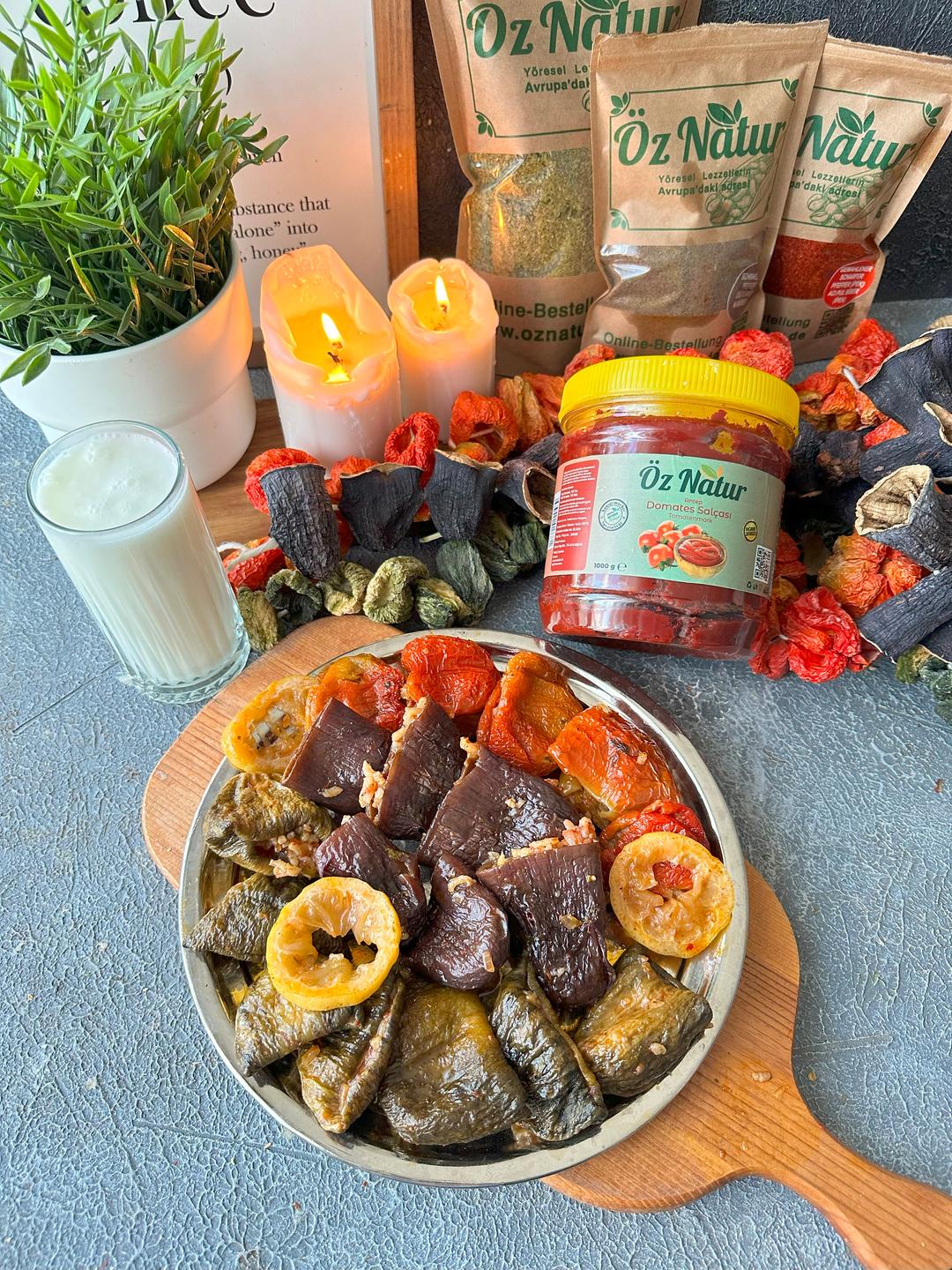What Is White Tahini?
White tahini is produced by grinding hulled, unroasted sesame seeds. It is known for its pale colour, smooth consistency, and mild, neutral flavour. These characteristics make it versatile for both sweet and savoury dishes, especially where a refined or light visual presentation is preferred.
Differences Between White and Regular Tahini
White tahini is made from sesame seeds that have been dehulled and not roasted, whereas regular tahini is produced from whole, roasted seeds. This leads to noticeable differences in appearance and texture: white tahini is lighter, more fluid, and has a more delicate taste.
The mild flavour of white tahini pairs well with recipes that require subtlety, such as desserts, sauces, or dishes where colour and smoothness are important. In contrast, regular tahini has a more robust, slightly bitter profile suited to traditional or strongly flavoured meals.
What Dishes Can White Tahini Be Used In?
White tahini offers a wide range of culinary uses. It’s commonly enjoyed at breakfast with honey or molasses, often spread over bread. It’s also a useful ingredient in smoothies, energy bites, and baked items like cakes and muffins, where its texture and mild taste integrate well with other components.
In savoury recipes, white tahini is ideal for creamy hummus, dressings, and vegetable-based dips. In desserts, it works well in ice cream, cookies, or no-bake treats, contributing to texture without overpowering the main flavours.
How Is the Colour and Texture of White Tahini Achieved?
The distinct light colour of white tahini results from using sesame seeds that have had their hulls removed. Since the seeds are not roasted, they maintain a natural brightness and a smoother consistency during processing.
This variety of tahini is typically more fluid than regular types, due to the oil-rich inner seed and gentler processing. As a result, it blends easily into both liquid and solid mixtures and is particularly suited to raw or cold preparations where a creamy texture is desired.


